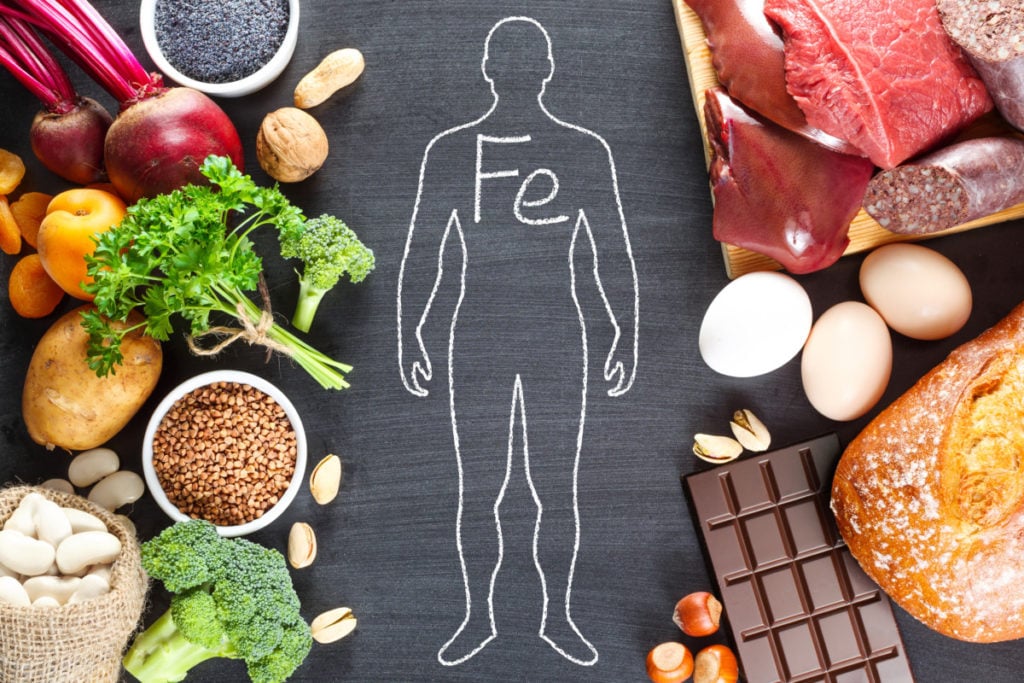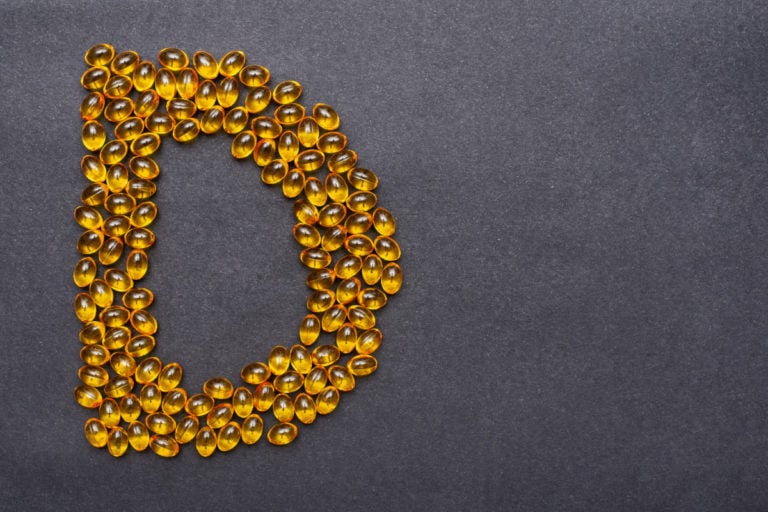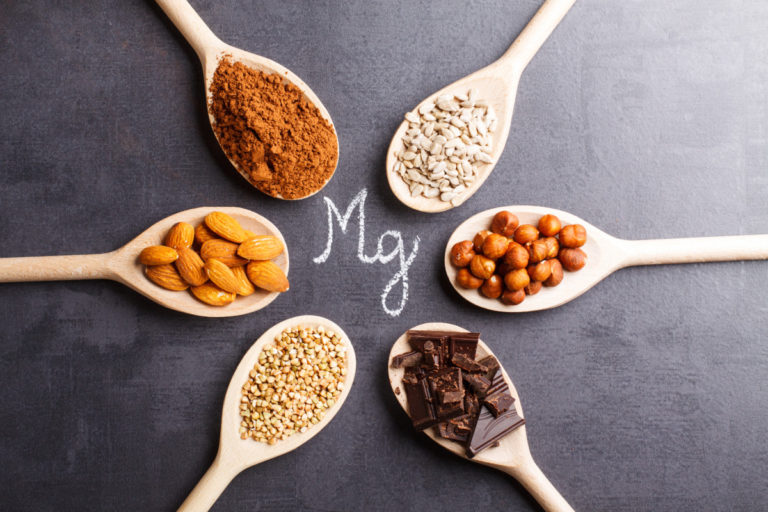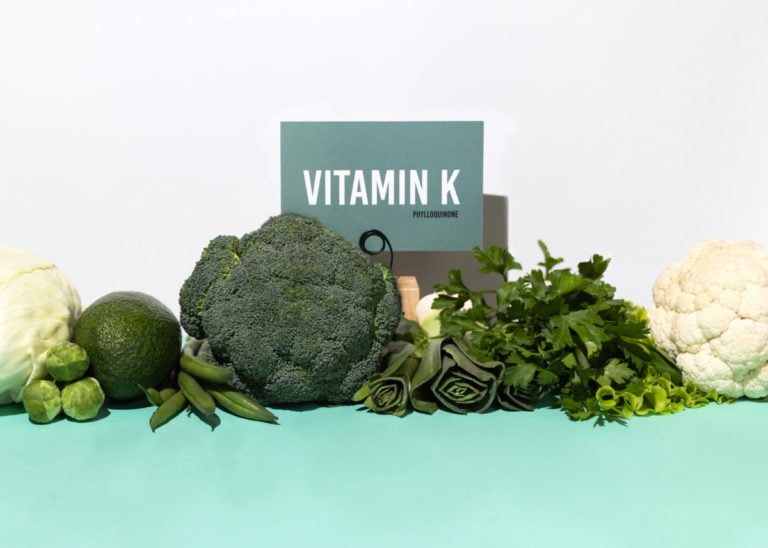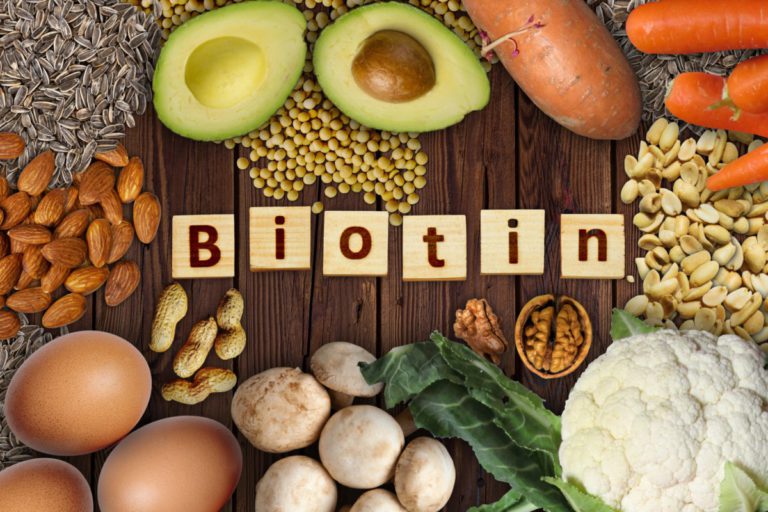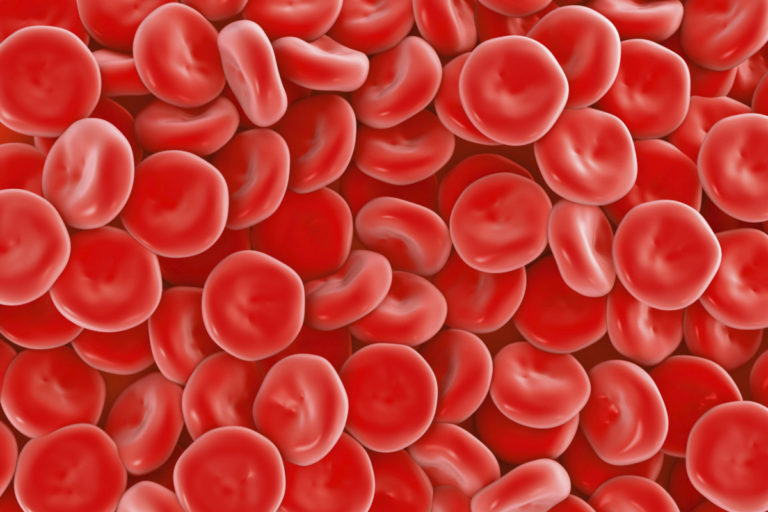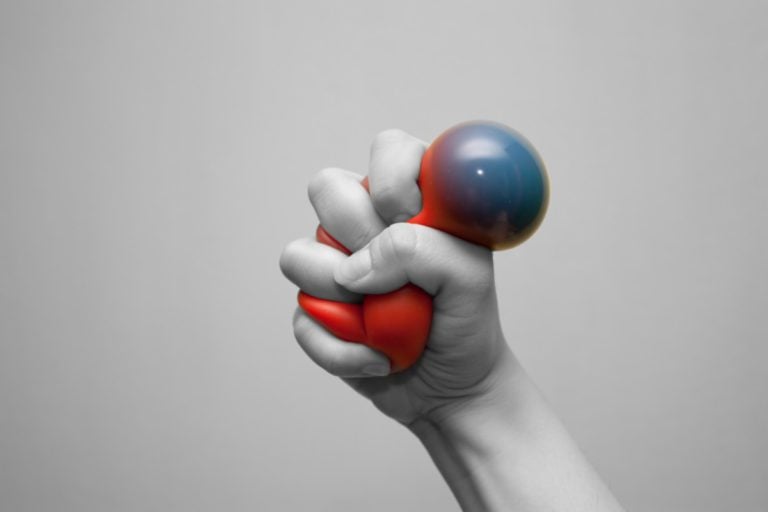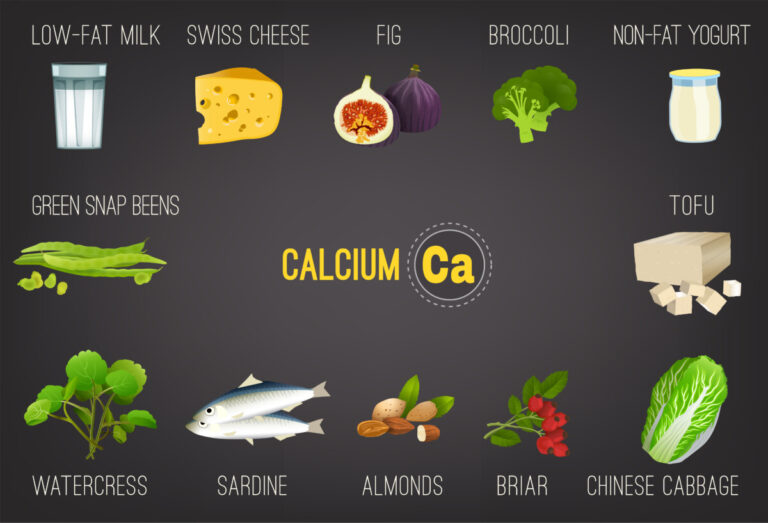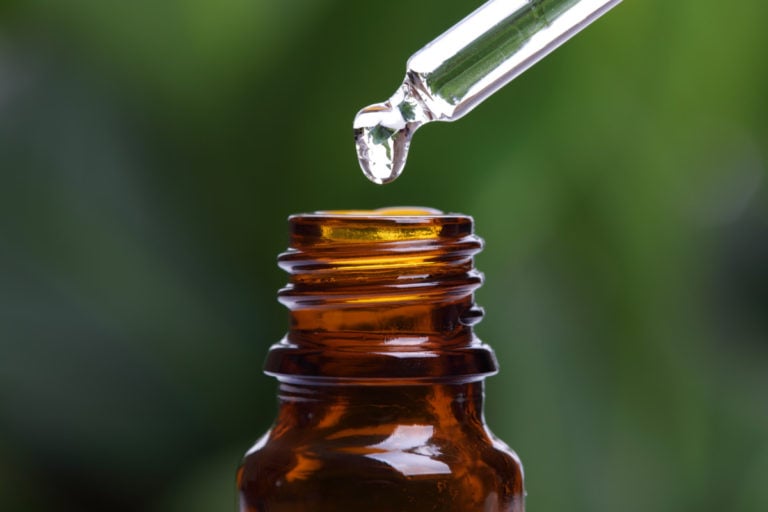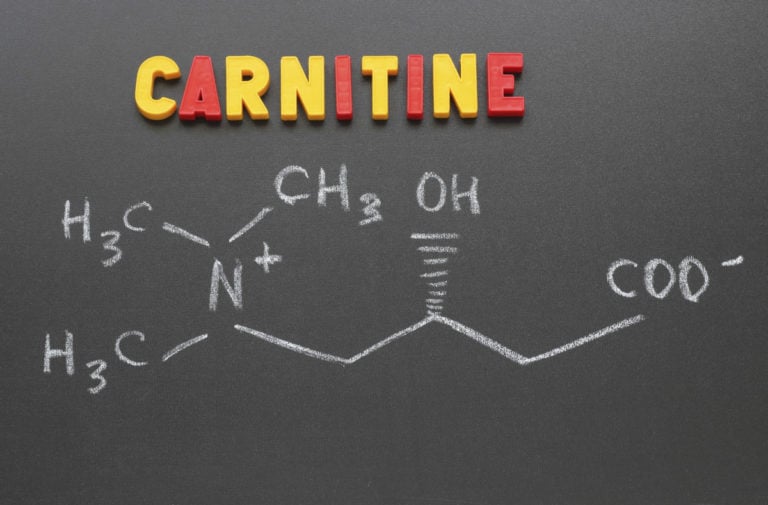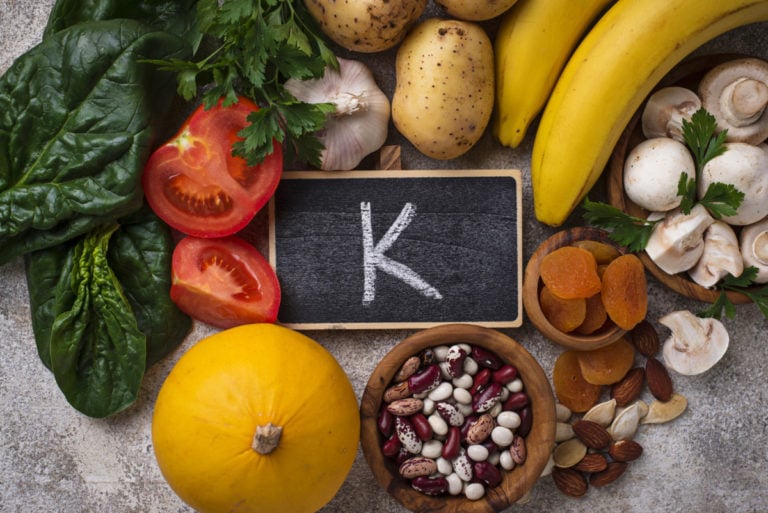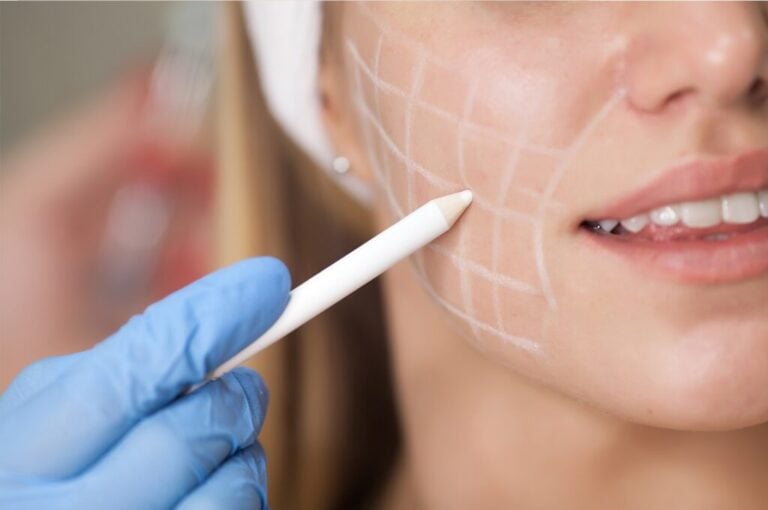Since school years, thanks to chemistry lessons, we have carefully studied the properties of each element. However, the information received is forgotten over time. But it is important not only for professional activity, but also for a quality existence. Why?
It’s simple – the elements do not just surround us, but we ourselves consist of them. Let’s study one of the most important representatives of Mendeleev’s periodic table – iron. What is this substance, what is the role of iron in our body, what to do with its deficiency and surplus.
Iron atoms provide delivery of oxygen and other valuable elements to cells and blood vessels. A large amount of iron is contained in hemoglobin – more than 70%, in the form of hemosiderin and ferritin 26% of the substance. The last listed contribute to the accumulation of iron in organs such as the spleen, liver, bone marrow. Approximately 4% in conjunction with myoglobin promotes accumulation in muscle tissue.
Functions of iron in the body
In the human body, the volume of iron is such that it is enough for one large nail, that is, up to 2.5-4 grams. And despite the meager mass, the substance has a colossal role for humans. Without it, vital processes are impossible, and with its excess, the risk of irreversible and threatening reactions is high. What is included in the function of iron in the body – we will consider in detail.
- Oxygen delivery to cells, vessels and tissues. The element is one of the components of hemoglobin, erythrocyte (forms red bodies). They capture oxygen and are transported to systems and organs. The same erythrocytes, using the same iron, “utilize” the exhaust gas (carbon dioxide) through the lungs, which ensures the operation of the respiratory tract.
- The process of metabolism. Enzymes and proteins contain iron, as it participates in metabolic processes, destroys toxic cells, stimulates cholesterol metabolism, converts calories into energy necessary for the body.
Iron deficiency
A person who does not have enough iron in the body immediately feels this unfavorable phenomenon. The first sign is rapid fatigue and loss of strength.
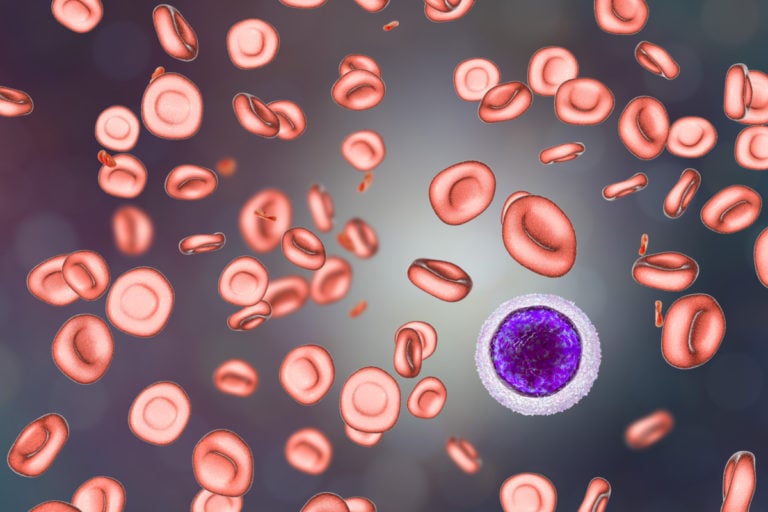
Iron deficiency symptoms
- The slightest physical activity immediately causes heart palpitations and shortness of breath – the poor transport of oxygen to the cells affects.
- Dizziness, “flies” in the eyes.
- Faints.
- Numbness of fingers and toes.
- Impaired memory and concentration.
- Frequent infectious diseases, colds.
- Hair loss.
- Deformation, thinning and breaking of nails.
- Paleness, “transparency” of the skin.
- Bruises under the eyes, etc.
Consequences of iron deficiency
- Glossitis develops – the papillae of the tongue become inflamed with their simultaneous atrophy.
- Cheilitis – cracks in the corners of the lips, periodontal disease, caries occurs.
- Gastritis (atrophic) – dysphagia, atrophy of the mucosa of the esophagus, nasal membranes.
- Change in the color of the sclera – it becomes pronounced blue, due to a lack of iron, corneal dystrophy occurs. The plexus of the vessels of the eye is almost invisible.
- Hypotonia of the muscular structure throughout the body. For this reason, frequent urge to urinate, incontinence when coughing, sneezing, laughing are possible.
- Muscle pain.
A clear indicator of iron deficiency are also sores, seizures in the corners of the mouth, cracks in the hands. A person’s appetite decreases, it is difficult for him to swallow. Strange desires arise, which are often confused with perverted eating behavior – you want to eat chalk, lick iron objects, eat paper, sand, dough, etc.
Signs of iron deficiency in children
Dangerous deficiency of iron in the body and for children. It is this phenomenon that often leads to mental and physical retardation. The negative effect of iron on the growth of the child and the development of his physique was also investigated. It causes a malfunction in the immune system, which is why protective functions are poorly manifested.
- The child often suffers from infectious, fungal pathologies, frequent colds.
- Vision and hearing deteriorate.
- Because of problems with memory and concentration, he lags behind his peers.
- He has a thin and lethargic physique, eats poorly.
- Nausea, vomiting, diarrhea.
- Frequent tantrums, tearfulness for no reason, inactivity.
- Drowsy during the day and insomnia at night.
In a child with iron deficiency in the body, the same symptoms appear as in adults. And, if the parents noticed at least one of the above, or the baby’s taste has perverted and he eats chalk, paper, etc. – there are problems.
Signs of deficiency in pregnancy
In a future mother, iron deficiency is a common occurrence. For this reason, it is important to undergo an examination and take tests on time. The fact is that the body of a pregnant woman needs more of an important element – by about 15-20%. Deficiency contributes to the failure of cellular respiration, disruption of metabolic processes.
As a result, iron deficiency in the body is manifested by symptoms:
- drowsiness;
- lethargy;
- deformation of the nail bed;
- insomnia at night;
- headaches and dizziness;
- tinnitus;
- shortness of breath;
- fainting;
- loss of appetite;
- hair loss, etc.
The most dangerous thing is the lack of oxygen supply to the placenta, the transportation of which is also provided by iron.
Consequences of deficiency in pregnant women
- placental abruption;
- delayed infant development;
- preeclampsia;
- preterm birth;
- iron deficiency anemia in a baby in the first months of life.
Anemia can cause eczema, tachycardia, failure of blood pressure (jumps), trembling of the extremities.
What to do with iron deficiency
Excess iron
No less dangerous is the increased content of iron in the body, its excess. The disease in medicine is called “hemochromatosis” or “bronze disease”. From the latter, it becomes clear that one of the clear signs of pathology is hyperpigmentation of the skin, which acquires a shade of bronze color, similar to jaundice.

And there is an explanation for this – an extra “portion” of iron accumulates in the main filter – the liver, which can lead to a dangerous pathology – cirrhosis. The signs of the disease can also include completely non-specific conditions – drowsiness, rapid fatigue, lethargy, apathy. These symptoms accompany other ailments.
Iron accumulates in the pancreas and can cause diabetes.
Symptoms of iron overload
It is difficult to determine a surplus if the manifestations are similar to those that occur when an element is deficient:
- immunity drop;
- nausea, vomiting, abdominal pain, diarrhea;
- dizziness and headaches;
- intestinal injury.
There are two types of hemochromatosis – primary and secondary. Primary is hereditary, secondary due to excessive use of the element, both in the form of drugs and products.
Symptoms of excess in pregnant women
Expectant mothers, just in case, lean on complexes with the content of the substance we are studying and overdo it. Also, the cause of the disease can be liver pathology, diseases of the gastrointestinal tract, blood, tumors, etc. The main sign of pathology in a pregnant woman is hyperpigmentation, darkening of the skin under the armpits, in the groin area, inner thighs, under the breasts, etc. The face, scars, and scars that existed before also darken.
The following symptoms are also observed:
- Hypogonadism, cardiomyopathy.
- Due to an increase in the size of the liver, spleen, malfunctions of the heart are possible.
- Swelling and pain in the joints.
- Myalgia – muscle pain.
- Decreased libido.
- Sudden weight loss.
Symptoms of overabundance in children
- In babies with a surplus of the element, abrasions, scratches, and wounds heal for a long time.
- Frequent nosebleeds, may be spontaneous or due to trauma.
- Non-local pain in the abdomen.
- Frequent constipation, decreased urge to defecate.
Effects of excess iron
It is worth noting that iron surplus in the body is an insidious pathology. And, if left untreated, by the age of 40 it will be difficult to escape from diabetes, cirrhosis, cardiomyopathy and other life-threatening diseases.
Excess iron can be detrimental to both the body of the future mother and the baby in the womb. It can lead to such dangerous diseases as:
- gestational diabetes;
- premature birth;
- bleeding;
- diseases of the liver, gastrointestinal tract, etc.
Scientists have proven the detrimental effect of an excess of iron on the liver and stomach. Surplus leads to its heavy absorption in the intestine, so the element is deposited in the spleen and liver. Oxidation of lipids and excessive production of connective tissue occur, deforming the structure of the organ, which disrupts its functions.
In childhood and young age, you can cope with the problem, and in adulthood, the process of damage to organs and systems becomes irreversible. Therefore, it is important for parents to regularly examine the baby’s body, pay attention to any ailments and pathologies.
What to do with an excess of iron?
As in any other situation that causes concern for the state of health, it is necessary to consult a doctor and undergo an examination. It is categorically impossible for such persons to prescribe preparations containing iron, even ascorbic acid, which accelerates the process of absorption of the element.
An effective way to combat iron surplus is donation. In the old days, bloodletting was practiced, which can now be done for noble purposes (and you can earn money). The procedure at the age of 40-50 years is an excellent prevention of coronary disease of the main organ – the heart.
What foods contain iron
To replenish iron, you need, first of all, proper nutrition. The diet should be balanced, which includes proteins, vitamins, micro-, macroelements, carbohydrates, fats, acids, etc.
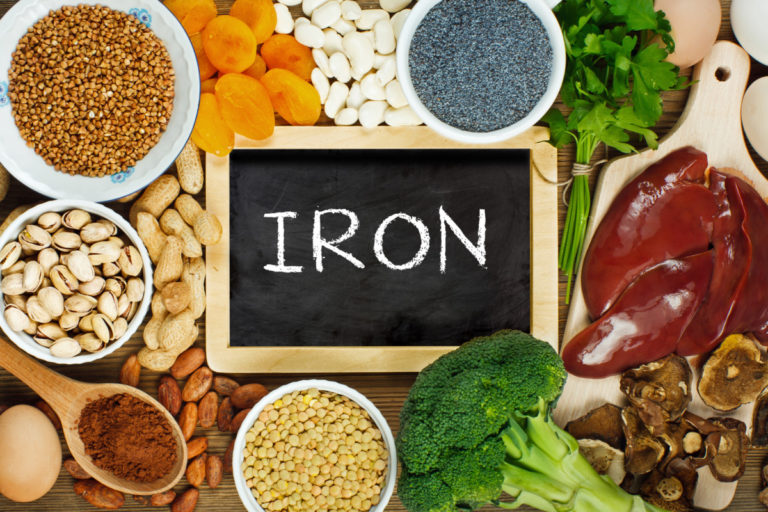
So, what products contain iron – the leaders in the supply of the element are:
- liver – beef, chicken, pork;
- pork heart, beef heart;
- meat – chicken, rabbit, turkey, veal, lamb, pork, beef, etc.
Mussels, clams, tuna, black caviar, oysters, perch, chicken and quail eggs, etc. also contain iron (in a smaller volume).
There is an erroneous opinion that apples and buckwheat contain the most iron. Vegetation supplies a meager portion of the useful substance. Foods rich in iron belong to animals.
It is also present in the following titles:
- legumes;
- cereals;
- greens and vegetables;
- fruits and berries;
- seeds and nuts;
- dried fruits, raisins, dried apricots and prunes.
In small volumes, there is an element in cheeses – mozzarella, parmesan, roquefort, cheddar, Kostroma, Poshekhonsky and Dutch. Plus, dairy products are a complex of useful substances, in which, in addition to iron, there are calcium, magnesium and protein.
Conclusions
Blood diseases, which also include both deficiency and surplus of iron, require not only immediate treatment, but also prevention. It is important from childhood to follow the diet, in which all substances useful for the body must be present. Correction of nutrition and regimen should come only from a qualified doctor who is obliged to control the process of treating a dangerous disease.
